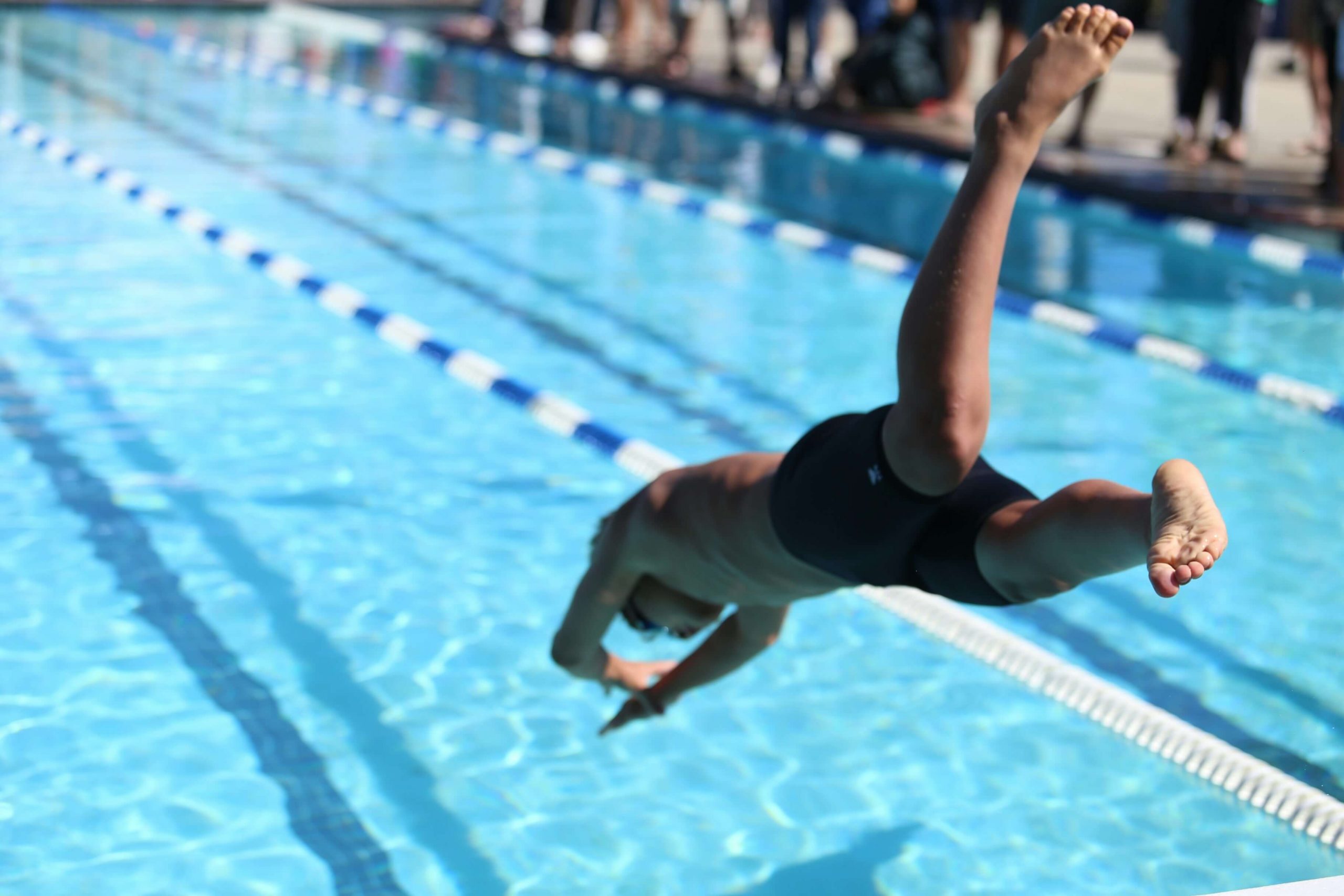1. Choosing the Right Time and Environment
The ideal age to start swimming lessons varies, but many experts recommend beginning as early as six months. Choose a warm, shallow pool with a calm environment to ensure the child feels safe and comfortable. Look for pools with designated areas for young children to minimize distractions and potential hazards.
2. Preparing the Child
Before the first lesson, talk to your child about what to expect. Explain the fun aspects of swimming and assure them that you’ll be there every step of the way. Equip them with the right gear, including a well-fitting swimsuit, swim cap, and goggles, to make them feel more comfortable in the water.
3. Step-by-Step Guide to Teaching Basic Skills
Floating
- Start with Back Floating: Support your child by holding their back and encourage them to relax and trust the water.
- Practice Front Floating: Gradually shift to front floating, using a floatation device if needed.
Kicking
- Begin on the Pool Edge: Have your child sit on the edge and kick their legs in the water to get used to the motion.
- Move to Holding the Wall: Progress to having them kick while holding onto the pool wall.
Arm Movements
- Practice Out of Water: Demonstrate arm movements outside the pool to build muscle memory.
- Combine with Kicking: Once comfortable, combine arm movements with kicking while holding a floatation device.
4. Safety Precautions
- Constant Supervision: Never leave a child unattended in or near water.
- Teach Water Safety Rules: Instill the importance of not running near the pool and always asking for permission before getting in the water.
- Use Life Jackets: For beginners, using life jackets or floatation devices can provide extra security.
5. Encouragement and Motivation
It’s natural for some kids to feel anxious about swimming. Use positive reinforcement and celebrate small victories to build their confidence. Reassure them that it’s okay to be nervous and that they are making great progress.
6. Fun Activities and Games
Incorporate games like “Simon Says” and relay races to make learning fun. Use colorful toys and floats to keep kids engaged and make the experience enjoyable.
7. The Role of Consistent Practice
Consistency is key to mastering swimming skills. Schedule regular practice sessions to reinforce what they’ve learned. The more frequently they practice, the more comfortable and skilled they will become.
8. Supporting Your Child’s Progress
Encourage your child by attending lessons, offering praise, and practicing with them during family swim times. Stay patient and avoid pressuring them; progress can vary from child to child.
Conclusion – Lifelong Benefits and Staying Connected
Learning to swim provides lifelong benefits, from physical health to safety. Just as swimming lessons require a supportive and safe environment, staying connected with your child in today’s digital age is equally important. Troomi Wireless offers a safe smartphone solution for kids, allowing parents to monitor texts and app usage, ensuring a secure and controlled digital experience. With Troomi, you can stay connected and keep your child safe, both in and out of the water.
Ready to make a splash? Start teaching your child to swim today and consider Troomi Wireless to keep them connected safely.


